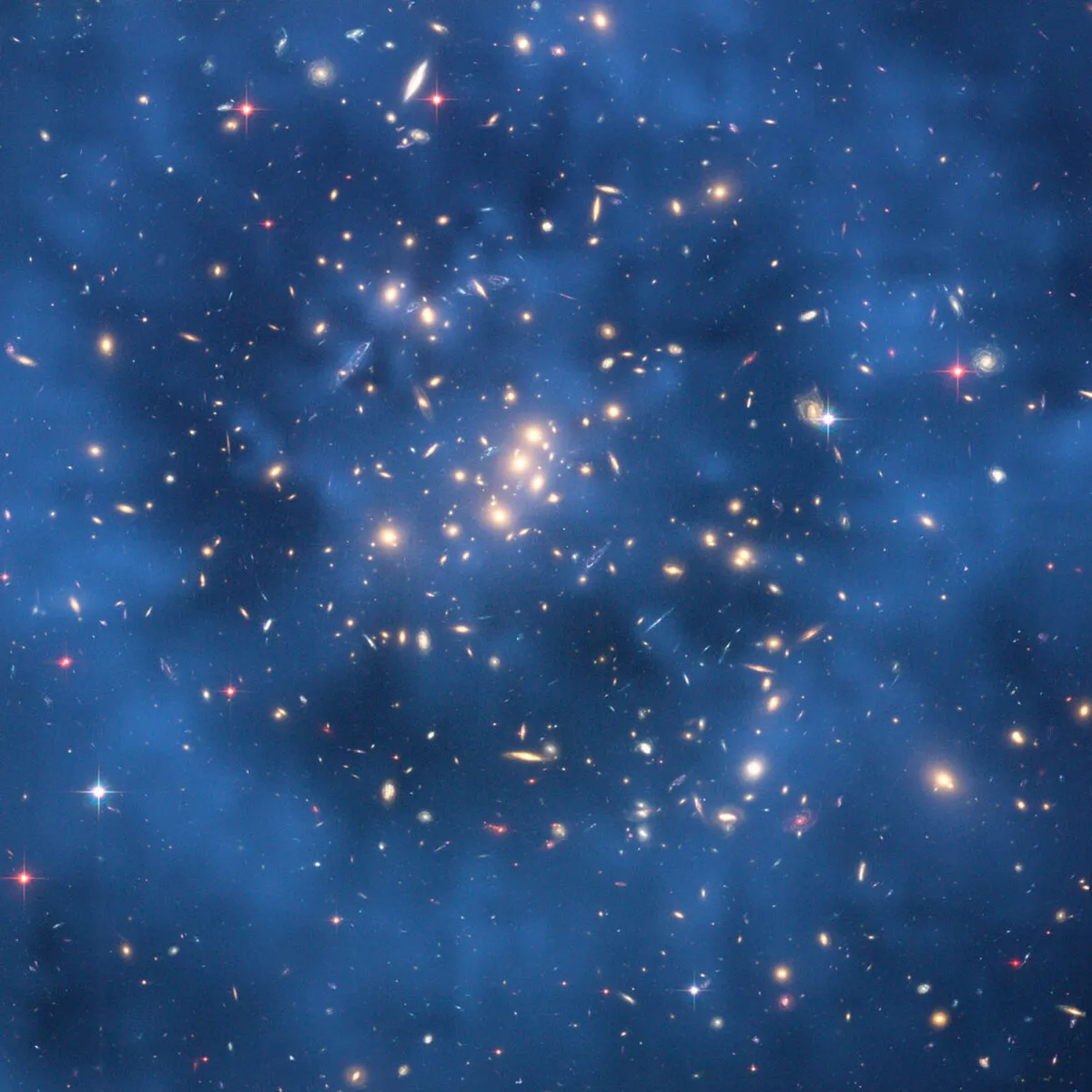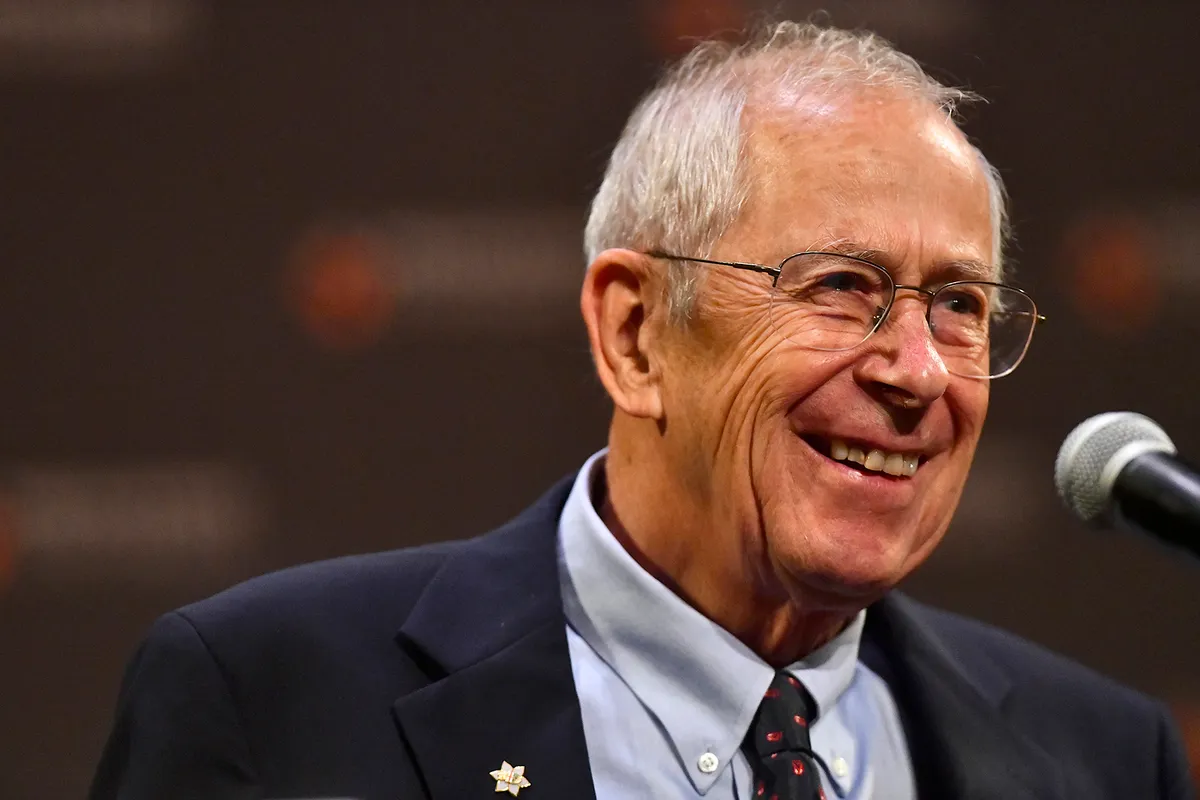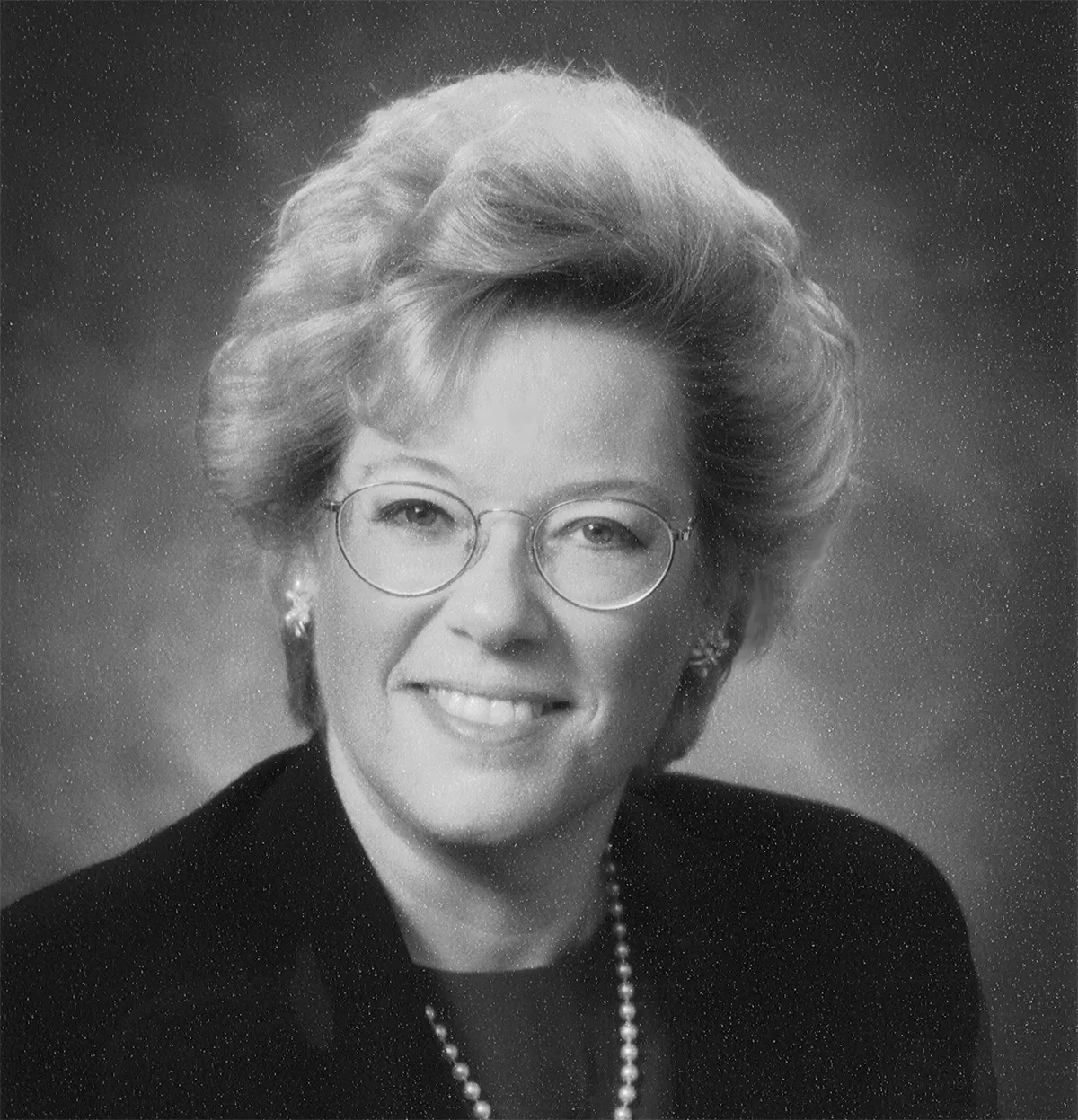While the mystery of dark matter has yet to be solved, there some scientists who have paved the way in our understanding of what this mysterious phenomenon is and the effect it has on the rest of the Universe.
Dark matter is what makes the Universe tick. It represents 85% of the material content of our cosmos.
Through its gravity, it has enabled the formation of cosmic structure and it keeps galaxies and galaxy clusters from flying apart.
Astronomers have mapped dark matter’s distribution by studying gravitational lensing – the bending of starlight by massive objects in space – but no one has ever seen the mysterious stuff.

Frustratingly, dark matter doesn’t emit, absorb or reflect light.
So how do we know dark matter exists?Who are the physicists and astronomers who pioneered our understanding of this strange matter?
In this article we take a look at 7 of the leading voices who helped progress the quest to understand dark matter.
7 dark matter scientists
Jacobus Kapteyn (1851–1922)

Dutch astronomer Jacobus Kapteyn made an early mention of the term ‘dark matter’ in his Astrophysical Journal paper on the structure of our Milky Way Galaxy. The paper was published on 1 May 1922, a few weeks before Kapteyn died.
One of 15 children, young Jacobus was raised in a private boarding school run by his parents. In 1878, he was appointed professor of astronomy at the University of Groningen, but he lacked the money to buy a proper telescope. Instead, he joined forces with Scottish astronomer David Gill, who photographed the southern sky from Cape Observatory in South Africa.
Using a manual plate-measuring machine, Kapteyn spent five-and-a-half years meticulously measuring the positions of 454,875 individual stars – an impressive undertaking that led to the Cape Photographic Durchmusterung (CPD) – the largest and most accurate stellar catalogue of the time.
Later, Kapteyn studied the structure of the Milky Way, working with American astronomer George Ellery Hale at Mount Wilson Observatory in California. In his final paper, he presented a model that is now known as the ‘Kapteyn Universe’: a relatively small Milky Way with the Sun close to its centre, and nothing beyond its outer edge.
Although this model would turn out to be completely wrong, Kapteyn realised that studying the motions of stars would reveal the total mass of the system. In his May 1922 paper he wrote: “It is incidentally suggested that when the theory is perfected it may be possible to determine the amount of dark matter from its gravitational effect.” The riddle of dark matter was born.
Fritz Zwicky (1898–1974)

Fritz Zwicky might be one of the most famous dark matter scientists in astronomy history. Born in Bulgaria to Swiss parents, Fritz Zwicky moved to the US at the age of 27 to assist Nobel scientist Robert Millikan in his studies of solid state physics at the California Institute of Technology.
That same institute was home to eminent astronomers like George Ellery Hale, Edwin Hubble and Walter Baade. Before long, Zwicky got hooked on astronomy, and became a stellar hot shot himself, studying supernovae and predicting the existence of neutron stars together with Baade.
Using Mount Wilson’s 2.5m Hooker Telescope, Zwicky clocked the velocity of individual galaxies in the Coma Cluster, by measuring their Doppler effect – a minute change of wavelength in the galaxy’s light. The observed velocity spread within the cluster is a measure of the total mass of the cluster.
It turned out that the Coma galaxies were moving much faster than expected on the basis of the cluster’s visible content. To prevent the cluster from flying apart, it would need huge amounts of invisible mass – ‘dunkle Materie’ (dark matter), as Zwicky wrote in his 1933 paper in a rather obscure Swiss magazine.
Similar results for our own Galaxy had been obtained a year earlier by Kapteyn’s student Jan Oort (of Oort Cloud fame). And later work by Sinclair Smith at Mount Wilson on the Virgo Cluster led to the same conclusion.
Surprisingly, the dark matter riddle was largely neglected by the astronomical community for a couple of decades.
Vera Rubin (1928–2016)

As a child, Vera Rubin loved watching the stars. But in 1948, Princeton University still didn’t allow female astronomy graduate students, so she went to Cornell University instead and obtained her PhD at Georgetown University. There, she got a job at the Carnegie Institution of Washington’s Department of Terrestrial Magnetism, where she met instrument builder Kent Ford, who was developing an electronic image tube that would allow the spectroscopic study of faint astronomical objects.
Starting in late 1966, Rubin and Ford regularly drove all the way to Arizona to make spectral measurements of individual glowing gas clouds in the Andromeda Galaxy, mounting the bulky image tube on telescopes at Lowell Observatory, near Flagstaff, and at Kitt Peak National Observatory, near Tucson. They presented their first results at an American Astronomical Society (AAS) meeting in December 1968.
Over the next decade, it became ever more clear that Andromeda has a ‘flat rotation curve’: the outer parts of the galaxy rotate as fast as the inner parts, whereas our understanding of gravity says the outer regions should rotate slower if the stars are the only masses present. This suggested there was more to the galaxy than met the eye. “The conclusion is inescapable that non-luminous matter exists beyond the optical galaxy,” Rubin and Ford wrote in an Astrophysical Journal paper in 1980, together with Norbert Thonnard.
At the time of Rubin’s death in 2016, Princeton astrophysicist Neta Bahcall called her “the mother of flat rotation curves and dark matter”. Rubin herself never failed to mention the very important supporting observations by radio astronomers, who arrived at the same conclusion.
Given that Vera Rubin has an observatory named after here, she might be considered one of the most celebrated dark matter scientists.
James Peebles (1935–)

Born in Winnipeg, Canada, James Peebles has been at Princeton University since 1958. He was the founder of what is now known as ‘physical cosmology’ – studying the birth and evolution of the Universe though theoretical physics.
In 1973, along with fellow Princeton astrophysicist Jerry Ostriker, Peebles showed that disc galaxies like our Milky Way or Andromeda cannot be stable unless they are embedded in giant halos of dark matter. The two scientists, together with Israel’s Amos Yahil, also made the first reliable estimate of the mass density of the Universe in 1974.
Peebles studied the cosmic microwave background (CMB) – a relic of the Big Bang – as this could show him if the small fluctuations in the matter density of the primordial Universe are what would gravitationally evolve into the galaxy clusters and superclusters we see today.
His solution: dark matter has to be cold (eg consisting of relatively slow-moving particles), and should hardly experience any interaction with ‘normal’ (so-called baryonic) matter, other than through gravity. In that case, clumps of dark matter could start to form before the CMB was released. At a later stage, gas would fall into these gravitational wells, leading to the structured Universe we see today.
Sandra Faber (1944–)

In the early 1970s, Harvard PhD student Sandra Faber temporarily worked at Carnegie’s Department of Terrestrial Magnetism in Washington, DC, where she learned about the rotation curve measurements of Rubin and Ford. She studied elliptical galaxies and discovered that these too appear to be embedded in dark matter halos.
After moving to the University of California at Santa Cruz, Faber, together with John Gallagher, wrote a hugely influential review article about dark matter for Annual Reviews of Astronomy and Astrophysics, published in 1979. By presenting all the available evidence, the two authors convinced the scientific community that dark matter was not just a figment of our imagination, but a real, major constituent of the Universe.
Five years later, in 1984, Faber was co-author of yet another landmark paper, this time in Nature. With George Blumenthal, Joel Primack and Martin Rees, she described the evolution of a cold, dark matter-dominated Universe. The paper provided a detailed description of the formation of globular clusters, galaxies and galaxy clusters, and even discussed possible candidates for James Peebles’s ‘cold dark matter’.
“We have shown that a universe with [approximately] 10 times as much cold dark matter as baryonic matter provides a remarkably good fit to the observed Universe,” the authors wrote, concluding that the cold dark matter picture “seems to be the best model available and merits close scrutiny and testing”.
Elena Aprile (1954–)

Italian physicist Elena Aprile was born in Milan, worked at CERN (the European particle physics laboratory near Geneva), and moved to the US in 1983. At Columbia University in New York, she helped to build balloon experiments that used noble gases like argon and xenon to detect these particles, neutrinos and gamma rays.
When, in 2011, she learned about the British ZELPIN-experiment in the Boulby Mine in Yorkshire – a xenon-based detector to search for dark matter particles – she switched gears and started her own dark-matter experiment, working with Brown University’s Richard Gaitskell, among others.
In 2010, the group’s first full-scale detector was installed in the Gran Sasso Tunnel, in the Italian Apennines, shielded from cosmic rays and other possible disturbances. Over the past decade, Aprile’s team has constructed ever larger and more sensitive versions of their detector. (Gaitskell now leads his own US project in an old gold mine in South Dakota.)
XENONnT, as the current version of the detector is called, became operational last year. Like its predecessors, it searches for the tiny flashes of light that are produced when a dark matter particle slams into a xenon nucleus – a very rare interaction.
So far, no convincing dark matter signal has been observed, but Aprile doesn’t give up. Plans for an even larger experiment, called Darwin, are on the drawing board.
Mordehai Milgrom (1946–)

When Israeli particle physicist Mordehai Milgrom visited Princeton in 1980, he learned about flat rotation curves and the riddle of dark matter for the first time. But instead of theorising about hypothetical particles, Milgrom asked himself: What if our ideas about gravity are wrong?
In the summer of 1983, he published his MOND theory (Modified Newtonian Dynamics) in The Astrophysical Journal. According to MOND, the strength of the gravitational force declines at a much slower rate with distance (not as 1/r2, but as 1/r) in weak gravity environments, like the outer parts of galaxies. This relatively simple (albeit rather ad hoc) adaptation of Newton’s laws perfectly explains the flat rotation curves found by Rubin, Ford and their radio astronomy colleagues, without any need for mysterious dark matter.
Despite many attempts, no one has yet been able to falsify MOND, which is not to say that the theory doesn’t face any problems. For example, Milgrom and his followers still need at least some (baryonic) dark matter in clusters of galaxies, and they haven’t fully succeeded in formulating an elegant ‘relativistic’ version of their theory.
Nevertheless, MOND’s successes in explaining galactic rotation curves are impressive and Milgrom could possibly be on to something. If so, our century-long search for dark matter may have been unrealistic, and Milgrom might end up in the astronomy history books as the pioneer of a new era in our understanding of the Universe. Only time will tell.
Get answers to some of the most common questions about dark matter
This article originally appeared in the May 2022 issue of BBC Sky at Night Magazine.

